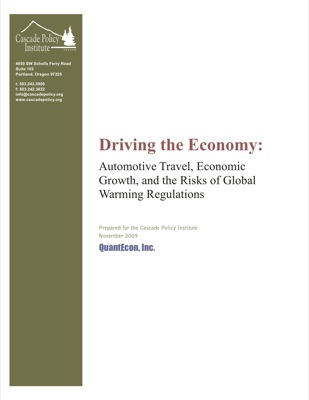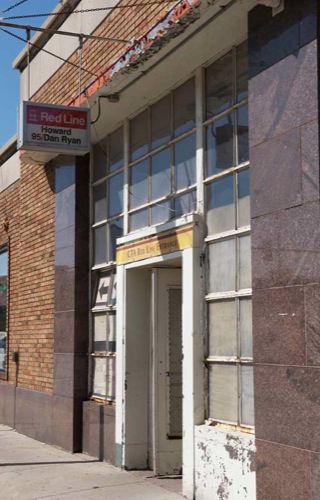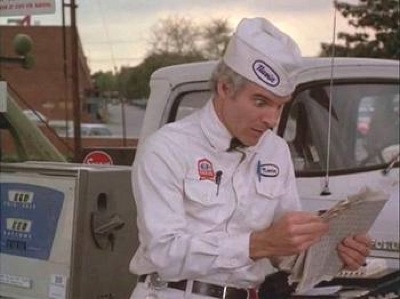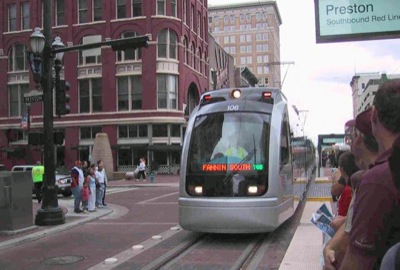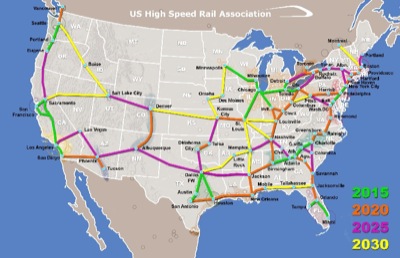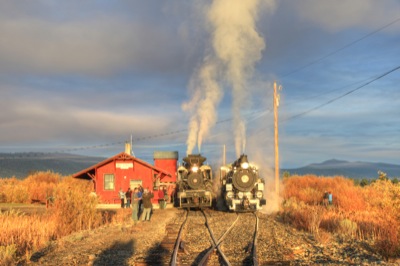A new study published by the Cascade Policy Institute provides more evidence that the automobile is a key part of the nation’s economy. Though some may scoff that libertarian Cascade Policy is merely a part of some “right-wing conspiracy,” the study’s author, Randall Pozdena, is one Oregon’s most respected economists.
People in wealthy economies drive more; people who drive more live in wealthier economies. “What causes what?” asks Pozdena; do wealthier people drive more or does more driving make people wealthier? Based on his own research and a review of the literature, the answer, he finds, is “bidirectional causality”; that is, “VMT and the economy ’cause’ each other.”
Because of this, he concludes dryly, “policy interventions that reduce VMT will have an effect on the economy.” In particular, he means, reducing VMT will have a negative effect on the economy.

